Molecular Biology Drawing: Techniques and Resources
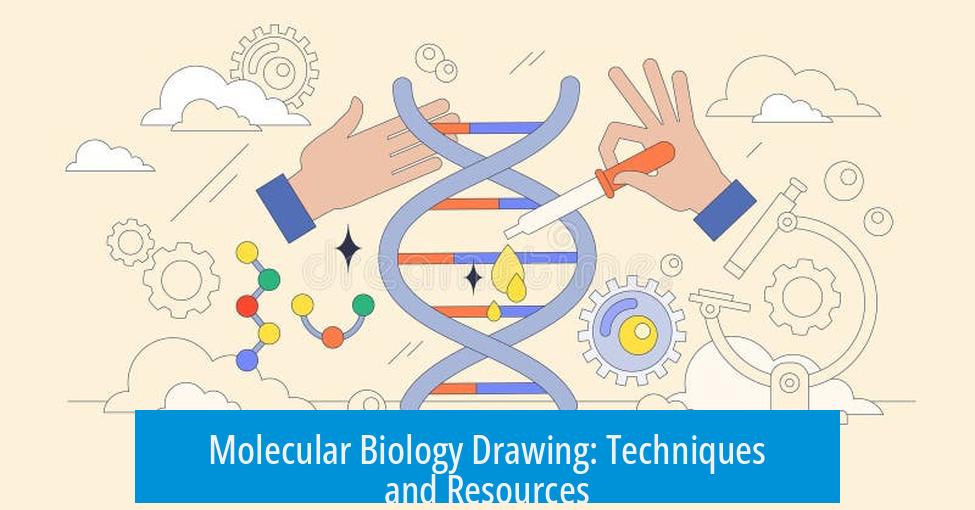
Molecular biology drawing involves creating clear and accurate visual representations of molecular processes and structures. It plays a vital role in education, research communication, and project documentation. This article focuses on key areas like DNA electrophoresis visualization, computer-simulated cell images, project specificity in drawing, and useful resources.
DNA Electrophoresis Visualization
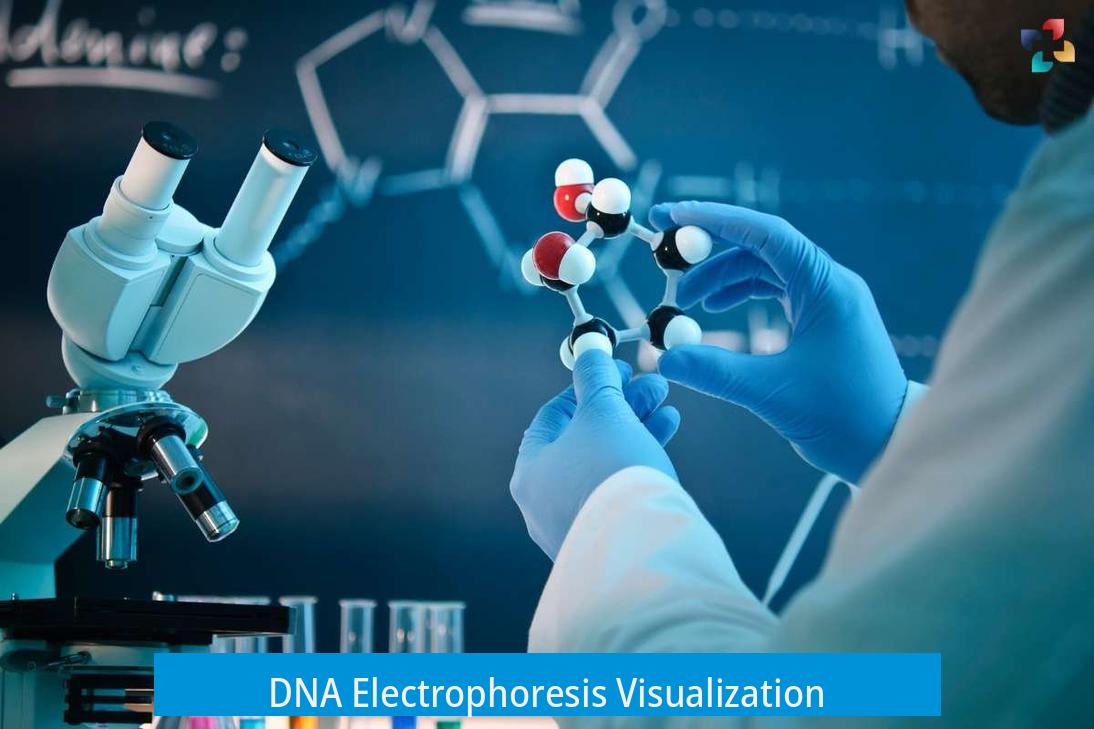
One fundamental aspect is illustrating DNA electrophoresis results. These drawings must replicate signature bands that appear on gels after DNA fragments separate by size.
- Reproducing clear bands helps viewers interpret fragment lengths.
- Including smearing and hazing effects adds realism, showing imperfect resolution often seen in actual gels.
- Poor resolution bands can indicate technical issues, and illustrating them improves clarity on experimental challenges.
Artists can study actual electrophoresis images online. Mimicking smearing patterns and band clarity enhances the scientific value of the drawing and aids communication.
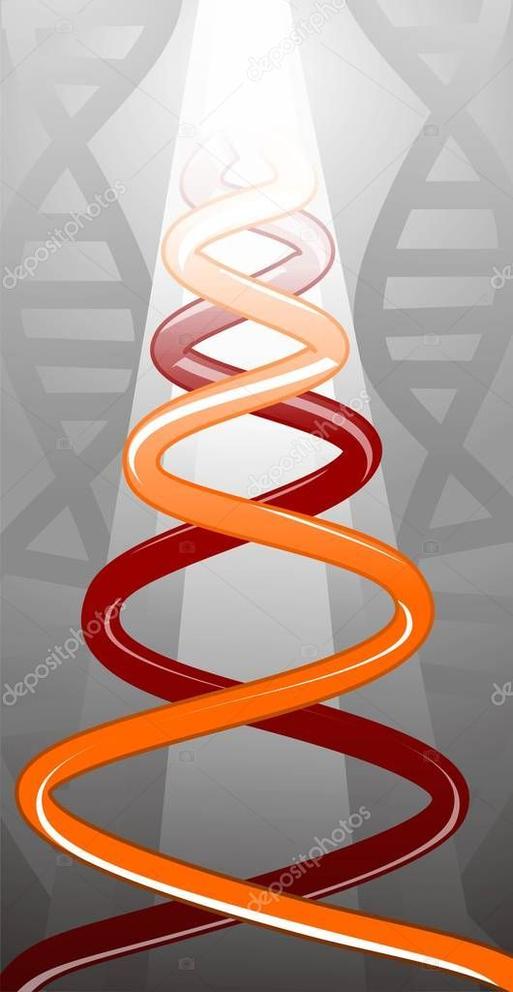
Computer-Simulated Cell Images
Digital rendering of cells allows detailed cutaway views of intracellular components. For example, computer-generated images of PopZ in Caulobacter highlight the spatial organization within bacterial cells.
These visualizations serve both teaching and research by making complex cell structures accessible. The use of 3D effects and accurate molecular placement strengthens understanding.
Project Specificity in Drawing
Understanding specific project goals is critical when creating molecular biology illustrations.
- Tailoring visuals to the experiment or topic ensures relevance.
- Specific details like target molecules or experimental outcomes guide drawing choices.
- Collaborating with researchers clarifies requirements and increases drawing effectiveness.
Resources for Molecular Biology Drawing
Several resources support artists working in molecular biology:
- Etsy: Offers themed stationery and drawing materials tailored to biology.
- Molecular Biology Notebooks: Searching specialized notebooks can inspire design and content.
- Google Images: Searching for “SBOL DNA glyphs” provides standardized icons representing DNA parts, aiding consistent diagrams.
Key Takeaways
- Replicate DNA electrophoresis bands with clear, realistic smearing to enhance authenticity.
- Create detailed computer-simulated cell images to visualize intracellular structures.
- Customize drawings based on project specifics for maximum clarity and relevance.
- Utilize available online resources and materials to improve drawing accuracy and appeal.
Molecular Biology Drawing: Unlocking the Art of the Invisible
If you want to master Molecular Biology Drawing, start by replicating key visual concepts like DNA electrophoresis patterns, digital cell imagery, and project-specific illustrations. This simple approach makes the complex world of molecules and cells accessible and even fascinating. Curious how? Let’s dive in.
Molecular biology can feel like deciphering an alien language. The strands of DNA, the clusters of protein, the cellular machinery—they all hide in microscopic realms, impossible to see with the naked eye. But drawing these elements opens a new door. It turns abstraction into clarity and brings science closer to art.
1. The Magic of DNA Electrophoresis Visualization
Here’s the first essential: DNA electrophoresis images. If you’ve ever searched “dna electrophoresis” on Google Images, you know what I mean. Signature bands appear like a barcode—each band a fragment of DNA separated by size.
Why mimic those bands? Because they’re scientifically iconic and visually instructive. Reproducing the pattern of signature bands helps illustrate genetic experiments clearly. Artists and bio-enthusiasts also try imitate the smearing and hazing effects, which happen when DNA fragments overlap or degrade, adding realism. Sometimes bands have poor resolution, appearing blurred or merged. Capturing these imperfections adds authenticity and tells a story about experimental challenges.
Want to impress in your next science presentation? Show smearing or hazing just as it happens in real labs. These tiny details speak volumes. They reveal how molecular biology isn’t always neat and tidy.
2. Computer Simulated Cell Images: Bringing Cutaways to Life
Next up: computer-generated visuals of cells. Imagine slicing a cell open like a dollhouse, then peeking inside at the swirling machinery.
One cool example is digital art showing PopZ protein in Caulobacter. This nitrogen-fixing bacterium is a favorite around labs. The computer-simulated cutaway reveals how PopZ anchors DNA and aids cell division. That’s molecular choreography you can see and draw!
Why bother with computer art? It offers detail and precision impossible by hand. Artists tailor colors and perspectives to show components often overlooked in textbooks or microscopes. Plus, it’s visually striking—great for teaching or sparking wonder.
3. Why Project Specificity Makes All the Difference
Here’s a thought: any molecular drawing gains power when tailored to a project’s specific details. Imagine illustrating a paper on virus replication. Your drawings would spotlight viral capsids and RNA, not generic cell shapes.
Knowing the project inside out lets artists hone in on what’s crucial. This focus yields “cool” visuals that resonate with experts and beginners alike. Someone once said, “Any idea what her project is about? Specifics can help a bit finding something cool.” Turn that nugget into your mantra.
This means your molecular art walks the fine line between scientific accuracy and engaging storytelling. It’s not just decoration; it’s education and discovery.
4. Resources Every Molecular Biology Artist Should Know
Need material or inspiration? Etsy might surprise you. A quick search for Molecular Biology Notebooks on Etsy reveals notebooks emblazoned with DNA helices, chromosomes, or exquisite bacterial art. Perfect for sketching or gifting to fellow science lovers.
For something more standardized, explore Google Images for SBOL DNA glyphs. SBOL stands for Synthetic Biology Open Language, a system for representing DNA sequences graphically. Using these glyphs in your drawings makes them professional and easily interpretable by scientists worldwide.
Combining handcrafted art with standard symbols is an ace move. It elevates your molecular drawings from “nice art” to a shared scientific language.
A Story of Molecular Biology Drawing in Action
Meet Alex, a grad student in molecular biology. He struggles at first with presentations. His slides are text-heavy and dull. Then he starts sketching DNA gel bands, capturing smears and hazes exactly how his lab results show them. He adds a digital cutaway of a bacterial cell, modeling proteins specific to his project.
Alex notices his audience engages more. Colleagues ask questions, students take notes faster. His advisor calls his visuals “clear and compelling.” Now, Alex spends less time writing and more time drawing—and learning.
What can you take from Alex’s story? The secret doesn’t just lie in drawing beautifully but in focusing on the right details and concepts.
Practical Tips To Upgrade Your Molecular Biology Drawings
- Start by searching Google Images for real electrophoresis gels. Practice reproducing those signature bands with pencil or digital tools.
- Use computer software to simulate cellular cutaways. Free programs like Blender or SketchUp can help create 3D models of cells.
- Research your project’s core molecules. Tailor your drawings to highlight these specifically, not just general cell components.
- Explore Etsy for biology-themed notebooks and art supplies. Keep your sketches organized and inspired.
- Incorporate SBOL DNA glyphs for standardized and universally understood DNA symbols.
Ultimately, molecular biology drawing is about making the invisible visible, the complex understandable, and the dry exciting. It’s a unique blend of science and art that demands both precision and creativity.
So, what will you draw first? Signature DNA bands? A colorful PopZ cutaway? The answer lies in your next stroke.
What are common features to include when drawing DNA electrophoresis results?
Include signature bands, smearing, and hazing effects. These features give a more accurate representation of real electrophoresis gels. Poor resolution bands can also be shown to mimic experimental results.
How can computer-simulated cell images be used in molecular biology drawing?
They help visualize internal cell structures by creating cutaway views. Digital art can depict proteins like PopZ in Caulobacter to show spatial relationships clearly.
Why is project specificity important in molecular biology drawings?
Understanding the project helps tailor the illustration to relevant details. This makes the drawings more useful and informative for the intended audience or study.
Where can I find resources for molecular biology-themed drawing materials?
Etsy offers various biology-inspired materials, like notebooks and prints. Google Images is useful for finding specific DNA glyphs such as SBOL symbols for accurate representations.
Can smearing and hazing be realistically illustrated in molecular biology drawings?
Yes, these effects can be replicated to show common artifacts in gel electrophoresis. They add realism and convey experimental nuances in the drawing.


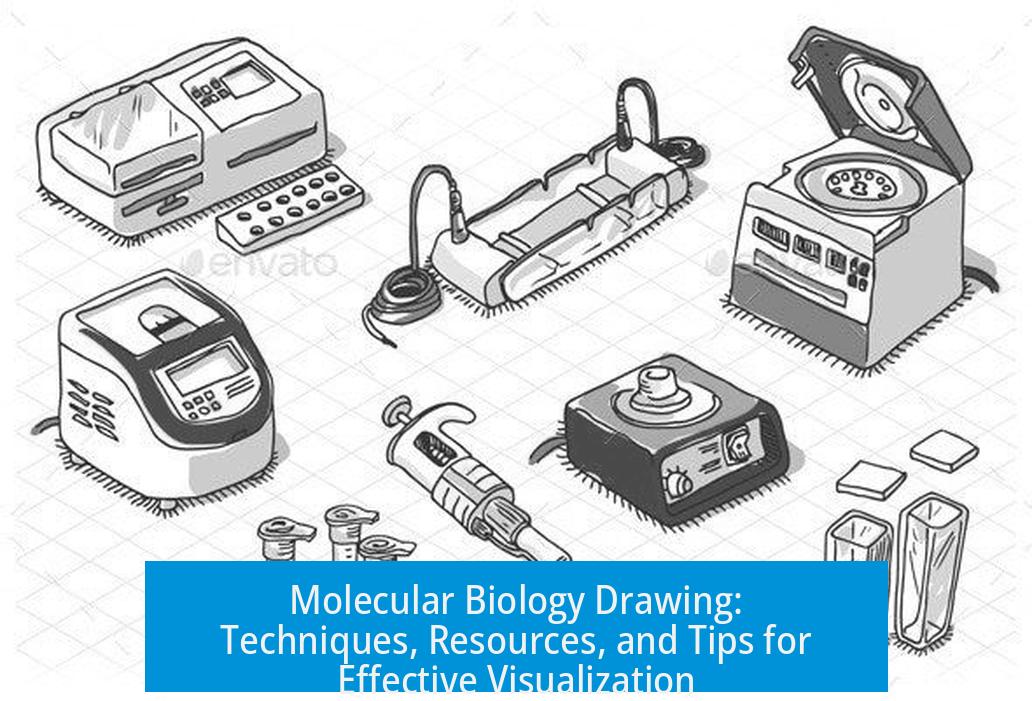

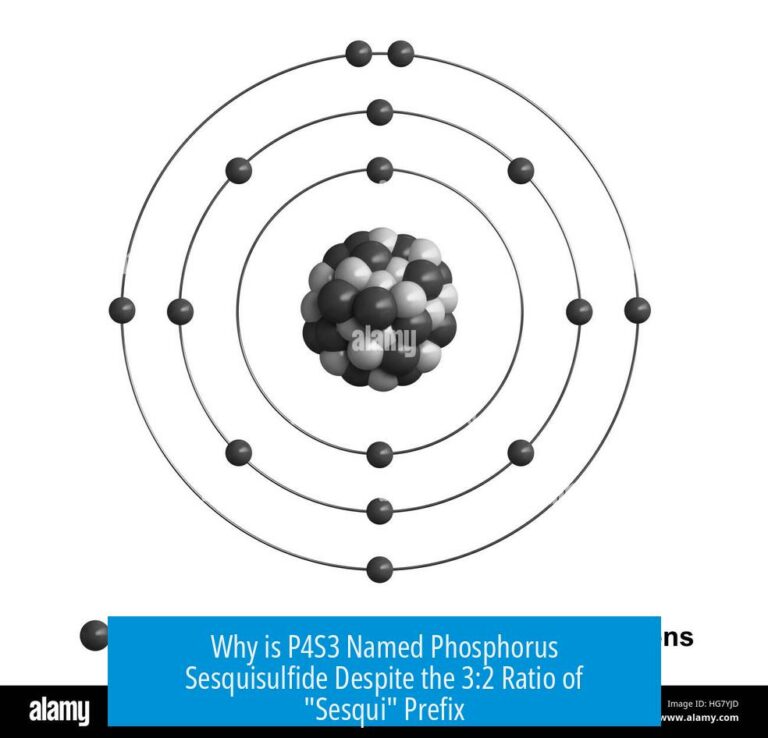
Leave a Comment